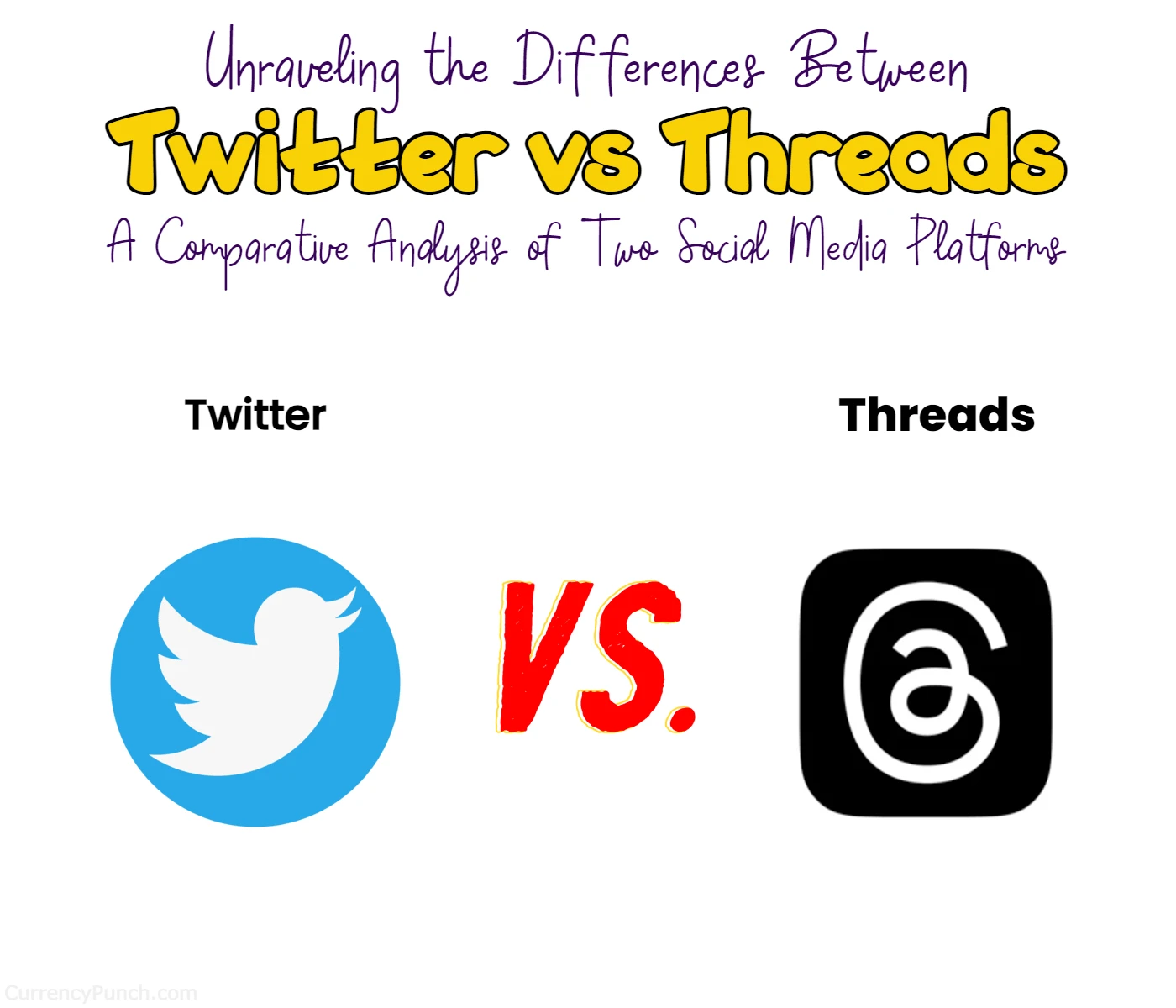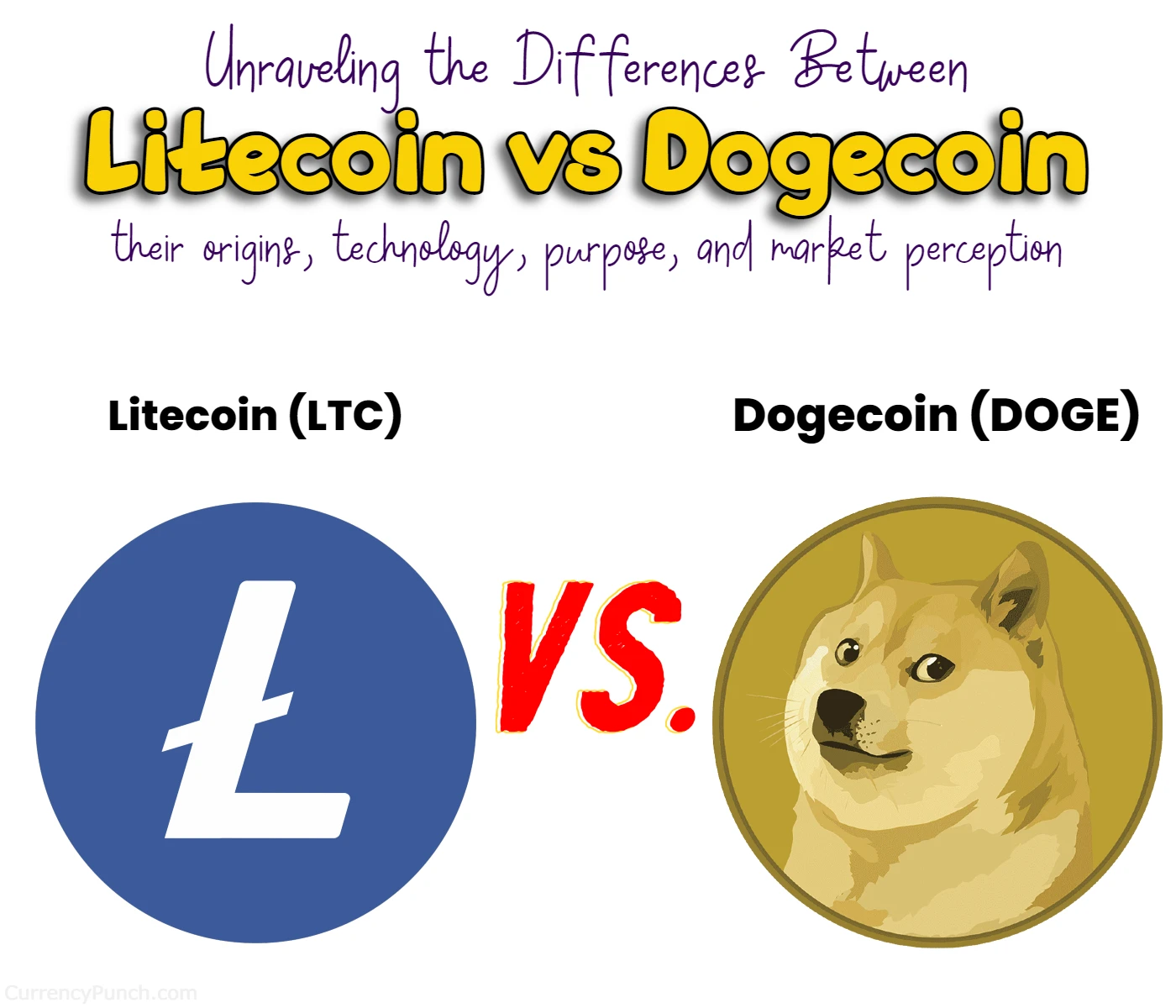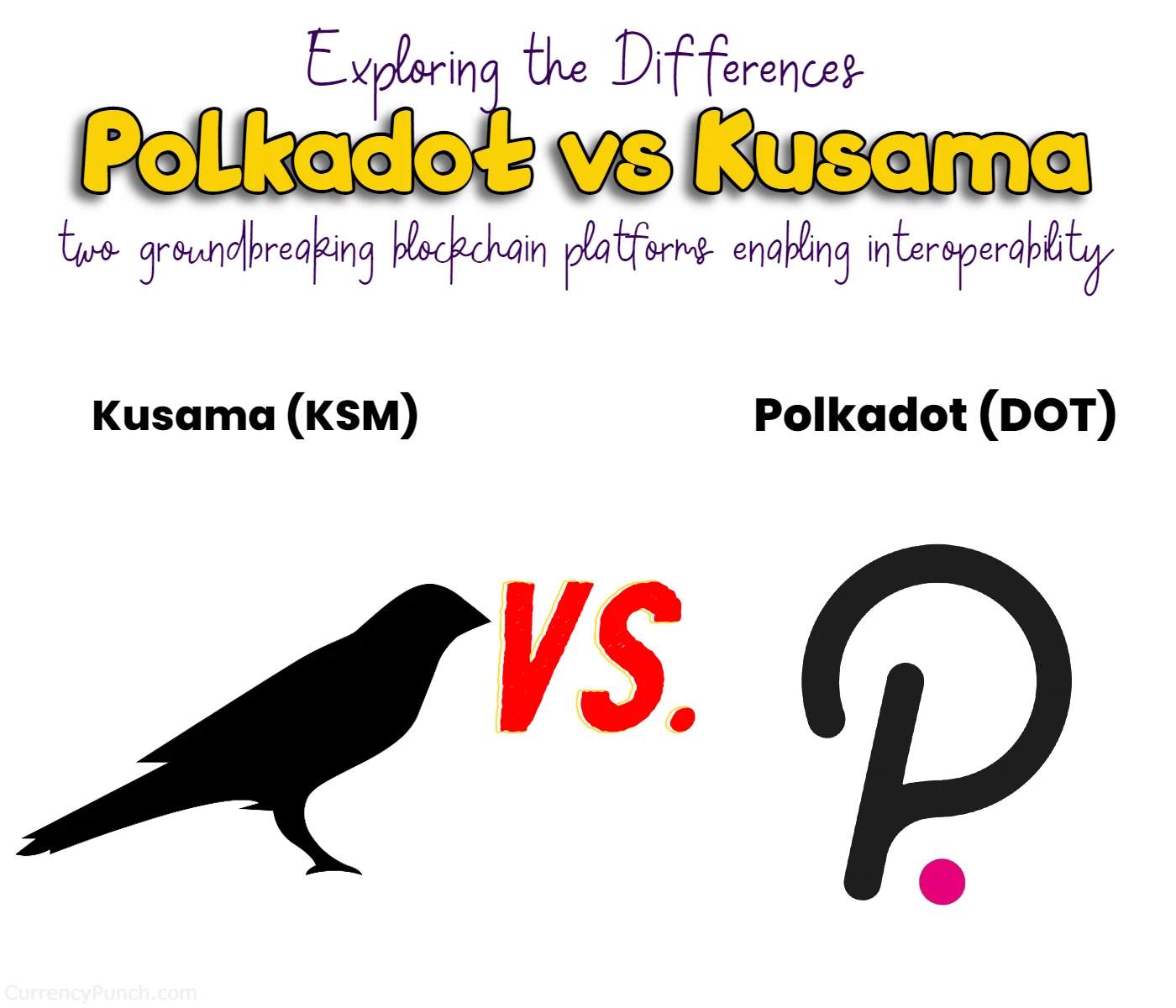
Today we’re diving into the exciting showdown between Twitter and Threads. These two contenders offer unique features, catering to different user preferences. So, whether you’re a seasoned tweeter or eager to explore new horizons, this comparison will help you make an informed choice. Buckle up and let’s explore the exciting world of Twitter vs. Threads!
When it comes to expressing yourself concisely, Twitter has long been the go-to platform. With its iconic 280-character limit, you’ve got to get creative with your thoughts, distilling them into bite-sized nuggets of information. But wait, there’s a new kid on the block! Threads, brought to you by Meta, takes a slightly different approach. It offers users a more generous character limit of 500, giving you the freedom to share your ideas in a bit more detail. Whether you prefer the brevity of Twitter or the expanded canvas of Threads, the choice is yours!
Now, let’s talk videos. We all know the power of visual content in capturing attention and sparking engagement. Twitter grants non-verified users the ability to share videos up to two minutes and 20 seconds long. But here’s where Threads steps in and raises the bar! Whether you’re verified or not, Threads allows you to upload videos up to a whopping five minutes in length. So, if you’re itching to share your stories, tutorials, or just capture moments in a more immersive way, Threads might just be your new go-to destination.
Ready to take your social media journey to the next level? Whether you prefer the concise and trending world of Twitter or the expanded horizons of Threads, these platforms offer something for everyone. So, go ahead and explore the features, weigh the pros and cons, and make a choice that aligns with your social media goals. The digital realm is at your fingertips, waiting for you to make your mark. Join the conversation, share your thoughts, and connect with communities that resonate with your passions. Happy tweeting or threading, and remember, the choice is yours!
Here’s a table comparing Twitter and Threads based on the provided information:
| Key Differences | Threads | |
|---|---|---|
| Character Limit | Maximum of 280 characters | 500 characters |
| Verified Accounts | $8/month for a blue badge | Retain blue badge from Instagram |
| Video Length | 2 minutes 20 seconds | 5 minutes |
| Integration | Standalone platform | Requires Instagram account |
| Trending Topics | Available on homepage | Not available |
| Draft Saving | Feature available | Feature not available |
| Threading Experience | Clicking on the plus button | Pressing enter three times |
| Viewing Profile Likes | Separate tab available | Feature not available |
| Content Rules | Twitter-specific | Follows Instagram’s rules |
| Decentralized Networking | Not applicable | Built on ActivityPub protocol |
| Advertisements | Ad-supported platform | No ads |
Differences between Twitter and Threads
Character Limit:
As reported by a user on Threads, Twitter, with its iconic 280-character limit, has become synonymous with concise and to-the-point messaging. This limitation forces users to be creative and succinct in expressing their thoughts and ideas. On the other hand, Threads, brought to you by Meta, takes a different approach by allowing users a more generous character limit of 500. This expanded canvas offers more room for expression, enabling users to share their ideas in a bit more detail. Whether you thrive in the art of brevity or prefer a tad more space to elaborate, the choice between Twitter and Threads boils down to your preferred style of communication.
To provide a clearer comparison, let’s take a look at the following table:
| Feature | Threads | |
|---|---|---|
| Character Limit | 280 characters | 500 characters |
Video Length:
Videos have become a powerful medium for engagement and storytelling on social media. Twitter allows non-verified users to share videos up to two minutes and 20 seconds long, providing a concise platform for visual content. However, Threads takes video sharing to new heights by allowing users, both verified and non-verified, to upload videos up to five minutes in length. This extended video duration offers creators and users more flexibility in sharing their stories, tutorials, or capturing moments in a more immersive way. Whether you prefer the quick, punchy videos or the ability to dive deeper into a topic, considering video length is crucial when deciding between Twitter and Threads.
Let’s summarize the video length comparison in a table for easier reference:
| Feature | Threads | |
|---|---|---|
| Video Length | Up to 2 minutes 20 seconds | Up to 5 minutes |
Integration and User Base:
The integration aspect of a social media platform can play a significant role in its appeal and user base. Twitter operates as a standalone platform, allowing users to create profiles and engage with content within its ecosystem. Threads, on the other hand, requires users to have an existing Instagram account. This integration grants Threads access to Instagram’s vast user base, providing users with an opportunity to tap into a larger community and expand their reach. If you are already an active Instagram user or seeking to leverage the platform’s user base, Threads may be the platform that aligns more closely with your goals.
Discoverability and Trending Topics:
Twitter has long been celebrated for its real-time updates and trending topics. The platform’s homepage allows users to explore what’s currently trending and discover topics of interest. This feature provides an avenue for users to stay informed, engage in conversations, and join popular discussions. In contrast, Threads currently lacks a dedicated section for trending topics. Users primarily rely on scrolling through their home feed to explore the content shared by accounts they follow. If staying up to date with the latest trends and exploring a wide range of topics is important to you, Twitter’s robust trending features may be the better fit.
To summarize the discoverability and trending comparison:
| Feature | Threads | |
|---|---|---|
| Trending Topics | Available on homepage | Not available |
Draft Saving Function
When it comes to content creation, having the ability to save drafts can be incredibly convenient. Twitter offers users the option to save drafts of their posts, allowing them to work on their content over multiple sessions or review and refine their messages before sharing them with the world. This feature provides flexibility and peace of mind, ensuring that your ideas are captured and preserved until you’re ready to publish.
On the other hand, Threads, at its launch, did not include a draft-saving functionality. This means that users are required to compose their posts in one go or risk losing their progress. While this may not be a deal-breaker for everyone, it’s important to consider your preferred workflow and how crucial draft-saving is to your content creation process.
To summarize the draft-saving comparison:
| Feature | Threads | |
|---|---|---|
| Draft Saving | Available | Not available |
Conclusion
In the friendly showdown between Twitter and Threads, each platform brings its own unique set of features and offerings to the table. Whether you thrive in the art of concise messaging within Twitter’s character limit or prefer the expanded canvas that Threads offers, there’s a platform that aligns with your preferred style of communication. Consider the factors that matter most to you, such as character limits, video lengths, integration options, discoverability, and draft-saving functionalities. By doing so, you can confidently choose the platform that best suits your needs and embark on an engaging social media journey. So, what are you waiting for? It’s time to decide which path to take—Twitter or Threads—and start sharing your thoughts, stories, and experiences with the world. Join the conversation and make your mark in the ever-evolving realm of social media!
Which is Best For Me? Twitter or Threads
Determining whether Twitter or Threads is best for you depends on your specific needs, preferences, and goals. Consider the following factors to make an informed decision:
- Communication Style: If you prefer concise and to-the-point messaging, Twitter’s 280-character limit might be a better fit. It encourages succinct expression and is ideal for quick updates, news, and engaging in real-time conversations. On the other hand, if you feel the need for a bit more space to elaborate and provide additional context, Threads’ 500-character limit offers more room for detailed discussions.
- Content Type: If you frequently share or engage with video content, Threads may be the platform for you. It allows users to upload videos up to five minutes long, offering more flexibility for in-depth storytelling or tutorials. Twitter, on the other hand, limits non-verified users to videos of up to two minutes and 20 seconds. Consider the type of content you plan to share and which platform’s video duration aligns better with your needs.
- Integration and User Base: Threads requires users to have an existing Instagram account, leveraging the platform’s user base and providing access to a wider community. If you are already active on Instagram or seeking to tap into its larger user base, Threads may offer an advantage. On the other hand, if you prefer a standalone platform without the need for integration, Twitter’s independent nature may suit your preferences.
- Discoverability and Trending Topics: Twitter excels in providing trending topics and real-time updates. Its homepage allows users to explore what’s currently trending, engage in popular discussions, and stay informed about the latest news and events. Threads, at present, does not have a dedicated section for trending topics. If discovering new trends and engaging in a wide range of discussions is important to you, Twitter’s robust trending features may be more appealing.
- Workflow and Draft Saving: Consider your content creation process and the importance of draft-saving functionality. Twitter offers the convenience of saving drafts, allowing you to work on your posts over multiple sessions or review and refine them before publishing. Threads, on the other hand, did not include a draft-saving feature at its launch. If the ability to save drafts is essential to your workflow, Twitter’s option may be a crucial factor to consider.
Ultimately, the best platform for you depends on your communication style, content preferences, integration needs, and the features that align with your goals. Consider these factors and prioritize what matters most to you in order to make an informed decision. Remember, you can always experiment and try out both platforms to see which one feels more comfortable and meets your requirements.
FAQs
Twitter has a character limit of 280 characters for unverified users. This limitation encourages concise and to-the-point messaging, requiring users to be creative in expressing their thoughts within the given space.
Threads, developed by Meta, offers users a more generous character limit of 500. This expanded canvas allows users to share their ideas and thoughts with a bit more detail, providing greater flexibility in expressing themselves.
Yes, you can! Threads allows both verified and non-verified users to upload videos up to five minutes in length. This extended video duration offers creators and users more flexibility in sharing their stories, tutorials, or capturing moments in a more immersive way. In contrast, Twitter limits non-verified users to videos of up to two minutes and 20 seconds.
Yes, Threads requires users to have an existing Instagram account. During the profile creation process, the app provides an option to import bio information and followers from your Instagram profile. This integration allows Threads to tap into Instagram’s large user base and provides users with access to a wider community.
At the time of its launch, Threads did not include a draft-saving functionality. This means that users are required to compose their posts in one go or risk losing their progress. In contrast, Twitter offers users the convenience of saving drafts, allowing them to work on their content over multiple sessions or review and refine their messages before sharing them.
Twitter is renowned for its real-time updates and trending topics. The platform’s homepage allows users to explore what’s currently trending and discover topics of interest. This feature provides an avenue for users to stay informed, engage in conversations, and join popular discussions. On the other hand, Threads currently lacks a dedicated section for trending topics, and users primarily rely on scrolling through their home feed to explore content shared by accounts they follow.
Read More:



